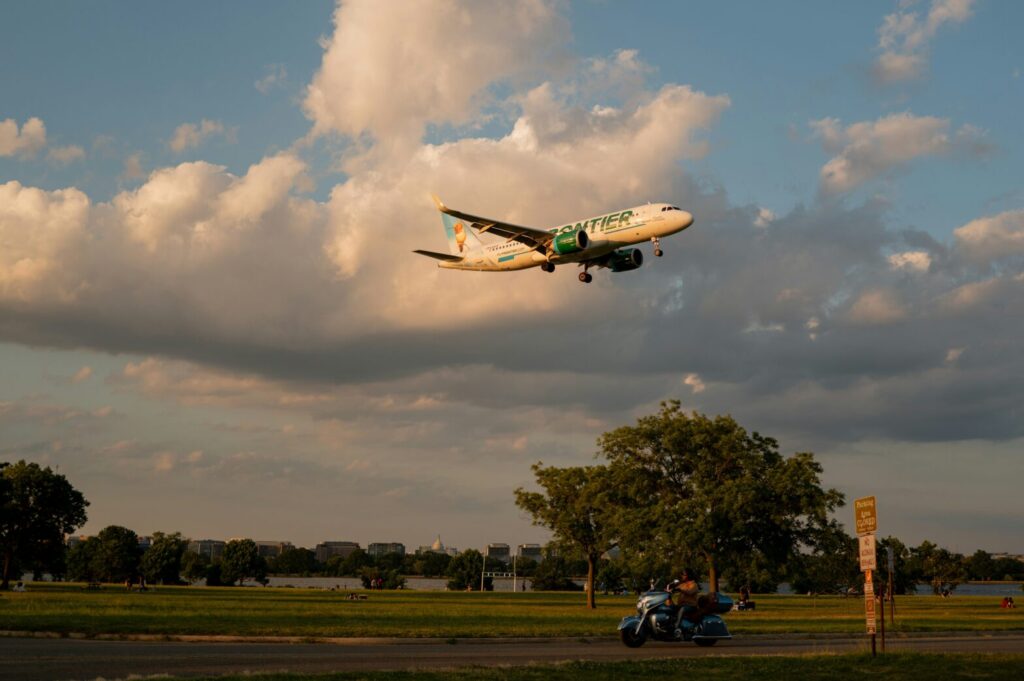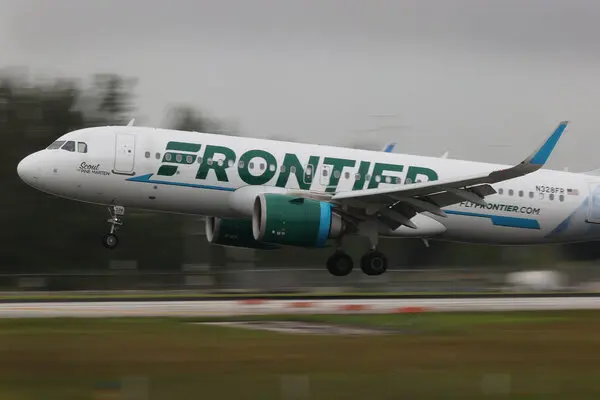A viral video from March 13, 2022, has resurfaced, igniting a heated discussion about passenger rights and airline policies. The footage, originally posted by TikTok user @decemberdawn1, shows a confrontation between a mother and airline staff on what is reported to be a Frontier Airlines flight. The incident has raised concerns about the circumstances under which passengers can be removed from flights and the discretionary power wielded by airline staff.

In the video, an airline employee, who appears to be either security personnel, a manager, or a gate agent rather than a flight attendant, is seen repeatedly asking a mother to leave the plane to “talk,” without providing a clear explanation. The staff member insists that the mother leave her two sleeping children on the plane, a request that visibly distresses the parent. As the situation escalates, the employee threatens to “call someone” if the mother doesn’t comply.
The context surrounding the incident remains unclear, with some viewers speculating that the mother may have caused a disturbance prior to the recording. Others suggest that the airline might have made a booking error, necessitating the family’s removal to accommodate another passenger. However, these theories remain unsubstantiated.
What is clear from the video is that other passengers on the flight express frustration over a three-hour delay, suggesting that tensions were already high before the confrontation began. The TikTok user who shared the video stated that the incident prompted her to boycott Frontier Airlines in the future.

This event has brought attention to the broader issue of passenger rights and the circumstances under which airlines can remove travelers from flights. According to the Department of Transportation (DOT), passengers cannot be bumped from planes after boarding without a valid reason. Typically, involuntary removal is only permitted for security, safety, or health concerns.
The practice of overbooking flights, where airlines sell more tickets than available seats to compensate for potential no-shows, is a common industry practice. However, there are protocols in place for such situations. Airlines are required to first seek volunteers willing to give up their seats before resorting to involuntary bumping.
While the video doesn’t appear to show racial discrimination, it has sparked discussions about the potential for such incidents to disproportionately affect people of color. The DOT has established that race or ethnicity cannot be used as criteria for selecting passengers for involuntary bumping. However, concerns persist about the discretionary power of flight crews and the potential for bias in its application.

For travelers concerned about avoiding similar situations, experts suggest several strategies like meeting check-in deadlines, arriving at the gate on time, purchasing higher-class seats, and maintaining frequent flier status.
These steps may reduce the likelihood of being selected for involuntary bumping, although they cannot guarantee protection against such incidents.
Passengers who believe they have been discriminated against or unfairly removed from a flight have the right to file complaints with the DOT, press charges, or pursue legal action against the airline. Additionally, those who voluntarily give up their seats in overbooking situations can often negotiate compensation with the carrier.
As this video continues to circulate and spark debate, it serves as a reminder of the complex dynamics at play in air travel and the ongoing need for clear communication between airlines and their passengers. It also highlights the power of social media in bringing attention to such incidents and potentially influencing airline policies and practices.



